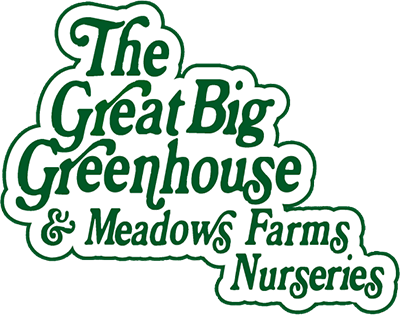WAYS TO ATTRACT MORE BIRDS, BEES, AND MANY OTHER BENEFICIAL INSECTS
There is a definite connection between birding, beneficial insects, and gardening. This connection is called native plants. Over the past few years, there has been an increasingly popular gardening trend of being more connected with nature and appreciating nature in our landscape.
Have you heard of biodiversity? Biodiversity is the variety of different types of life found on Earth. I discussed biodiversity extensively in one of my previous blogs, Staying Close to Nature Through Gardening.
Native trees such as oaks, willows, birches, and maples, and native herbaceous plants such as goldenrod, milkweed, asters, and honeysuckle host numerous caterpillar species that are a vital source of protein for birds, especially during the breeding season. Native sunflowers, asters, and coneflowers produce seeds for songbirds. We need to focus on native plants that support the highest variety and quantity of bird food. It is essential to understand how to use native plants in the garden. Plan for various shapes, sizes, and kinds of plants to give your garden vertical structure and add cover for our nature friends.
Another way to attract more birds and bees is to add color. Try to plant native plants that bloom continuously throughout the gardening season. Remember, don’t deadhead the flowers when they’re finished blooming. Seedpods are a valuable food source for birds.
I still consider myself a novice when it comes to biodiversity. However, education is key to correctly attracting birds and beneficial insects to your yard and garden. So, I urge everyone to learn more about birds and insects and appreciate their value. Just try to love nature.
Facts About Birds and Beneficial Insects
Here are a few facts that you may find as “food for thought”:
- Native oak trees support 532 varieties of butterflies and moths.
- 96% of birds rely on insects to feed their chicks.
- There are approximately 40 million acres of lawn in the U.S. currently.
- Eighty million pounds of pesticides are applied to lawns in the U.S. annually. Native plants, on the other hand, support a balance of predator and prey and thrive without pesticides.
- Lawnmowers use eight hundred million gallons of gas annually and produce significant amounts of carbon dioxide gas.
HAPPY MARCH AND PLANT A LITTLE HAPPINESS FOR ALL OUR BIRD FRIENDS AND INSECTS FRIENDS

